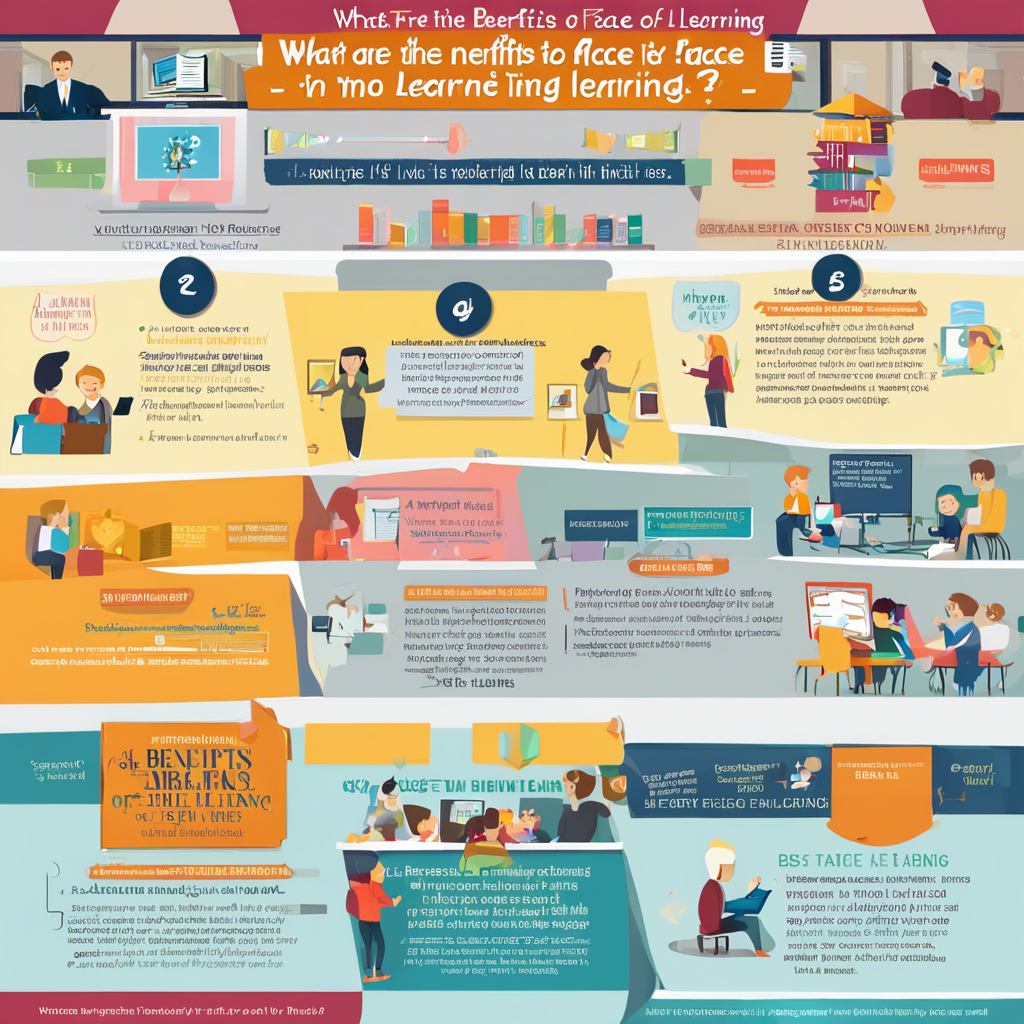Face-to-face learning remains one of the most effective ways to acquire knowledge, develop skills, and build relationships in an educational setting. While online education has gained significant popularity in recent years, the traditional classroom experience continues to provide unique advantages that contribute to deeper learning, social development, and overall academic success.
One of the most significant benefits of face-to-face learning is the opportunity for real-time interaction. Unlike virtual classes, where communication may be delayed or limited, in-person learning allows for immediate feedback from teachers and classmates. Students can ask questions, clarify doubts, and engage in discussions without waiting for email responses or forum replies. This direct engagement fosters a more dynamic and enriched learning experience, helping students grasp complex concepts more effectively.
Another crucial advantage of face-to-face learning is the presence of nonverbal communication. In a physical classroom, body language, facial expressions, and tone of voice all play an essential role in understanding information. Teachers can gauge students’ reactions and adjust their teaching style accordingly, ensuring that learners remain engaged. Similarly, students can pick up on cues that enhance comprehension, which is often lost in online settings.
Classroom-based education also encourages discipline and routine. Attending classes at a set time and location establishes a structured learning environment, reducing distractions and promoting better focus. In contrast, online learning often requires self-discipline, which can be challenging for some students, leading to procrastination and ineffective study habits.
Beyond academic benefits, face-to-face learning nurtures social skills and emotional intelligence. Interacting with peers in person allows students to develop teamwork, communication, and problem-solving abilities. Group discussions, debates, and collaborative projects encourage critical thinking and cooperation, skills that are essential in both academic and professional settings. These experiences also help students build confidence, as they practice speaking and presenting ideas in front of others.
Another key advantage is the accessibility of hands-on learning experiences. In subjects that require practical application, such as science, engineering, medicine, and the arts, physical presence is often necessary. Laboratories, workshops, and studio classes provide students with direct, hands-on experience, which enhances understanding and retention. For example, medical students practicing clinical procedures or engineering students working with machinery benefit far more from real-world exposure than from theoretical online modules.
Face-to-face learning also offers a sense of community and belonging. Schools, colleges, and universities create an environment where students can engage with one another, form friendships, and receive support from instructors. The ability to participate in extracurricular activities, networking events, and social gatherings further enriches the educational experience. These interactions are difficult to replicate in online settings, where students may feel isolated and disconnected.
Moreover, face-to-face learning enhances motivation and accountability. In a physical classroom, students are more likely to stay engaged due to the presence of instructors and peers. The ability to participate actively in discussions, ask spontaneous questions, and receive encouragement from educators fosters a higher level of motivation. Additionally, the accountability that comes with attending classes in person helps students stay on track with assignments, exams, and overall academic performance.
Another advantage of in-person education is the availability of immediate academic support. Teachers can provide on-the-spot clarification, additional explanations, or alternative teaching methods if students struggle with certain topics. This level of personalized instruction is often lacking in online courses, where students may have to rely on prerecorded lectures or delayed responses from instructors.
Face-to-face learning also minimizes distractions. While online education offers flexibility, it often comes with various distractions, such as social media, household responsibilities, and technical issues. In a traditional classroom, students are in an environment designed specifically for learning, making it easier to concentrate on lessons without external interruptions.
Furthermore, face-to-face learning contributes to the development of important life skills. Students learn time management by adhering to schedules, respect through interactions with teachers and peers, and adaptability by engaging in different classroom activities. These skills are essential for personal and professional growth and are best cultivated through real-life interactions rather than virtual platforms.
The benefits of face-to-face learning extend to teachers as well. Educators can assess students’ progress more accurately through direct observation and interaction. They can identify strengths and weaknesses more effectively and adjust their teaching methods accordingly. Additionally, teachers can build stronger relationships with students, creating a supportive and motivating educational environment.
Another often-overlooked benefit is the physical and mental well-being that comes with face-to-face learning. Attending school or college provides a routine that keeps students active, reduces screen time, and promotes social interaction—all of which contribute to overall well-being. Many students experience fatigue, eye strain, and a lack of motivation when spending extended hours in front of a screen. In-person learning helps mitigate these issues by providing a balanced educational experience.
Moreover, traditional learning environments often come with better access to resources such as libraries, study spaces, and academic counseling. These facilities support students in their academic journey and provide a conducive learning atmosphere. While some online courses offer digital libraries and discussion forums, the richness of physical academic resources cannot be fully replaced.
Face-to-face learning also encourages immediate problem-solving and critical thinking. Engaging in debates, answering spontaneous questions, and participating in hands-on activities develop students’ analytical and decision-making skills. These experiences create a more intellectually stimulating environment that pushes students to think beyond the given information.
Despite the growing popularity of digital education, traditional classroom learning remains a vital aspect of education. It offers unmatched opportunities for direct interaction, hands-on experience, social engagement, and personal growth. While online learning has its advantages, it cannot fully replace the depth and richness of face-to-face education.
In an era where technology is reshaping education, a balanced approach may be the best way forward. Institutions can integrate digital tools to complement traditional learning while maintaining the benefits of physical classroom experiences. By doing so, students can enjoy the flexibility of online resources while still benefiting from the irreplaceable advantages of in-person education.

